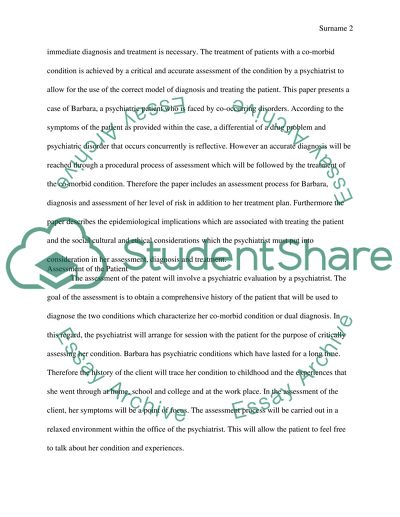Cite this document
(“Co-Occurring Disorders and Treatment Research Paper”, n.d.)
Retrieved from https://studentshare.org/health-sciences-medicine/1401604-co-occurring-disorders-and-treatments
Retrieved from https://studentshare.org/health-sciences-medicine/1401604-co-occurring-disorders-and-treatments
(Co-Occurring Disorders and Treatment Research Paper)
https://studentshare.org/health-sciences-medicine/1401604-co-occurring-disorders-and-treatments.
https://studentshare.org/health-sciences-medicine/1401604-co-occurring-disorders-and-treatments.
“Co-Occurring Disorders and Treatment Research Paper”, n.d. https://studentshare.org/health-sciences-medicine/1401604-co-occurring-disorders-and-treatments.


